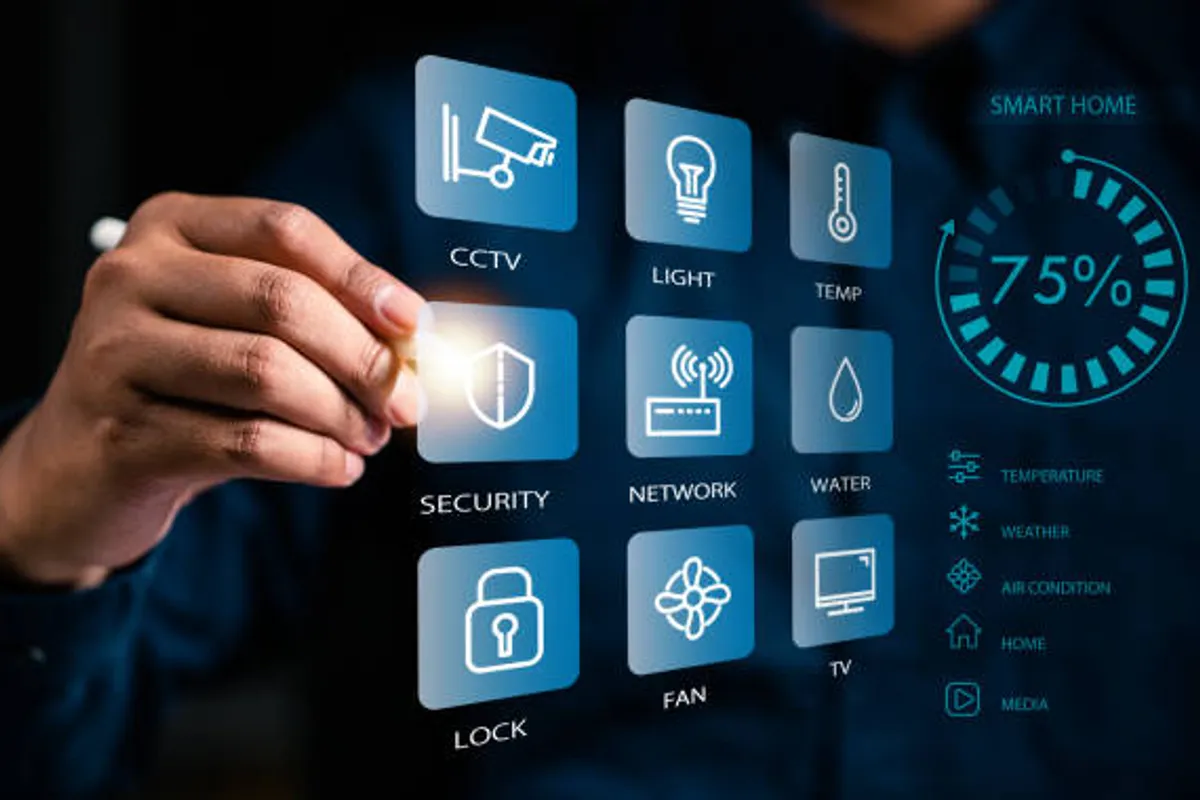
Top Cybersecurity Threats to Watch in 2025

GeokHub
Contributing Writer
As technology evolves, so do the tactics of cybercriminals. In 2025, organizations, governments, and individuals face an increasingly complex digital threat landscape. Here are the top cybersecurity threats expected to dominate the year:
1. AI-Powered Cyberattacks
Artificial intelligence is no longer just a tool for defenders—hackers are using AI to automate attacks, evade detection, and craft highly convincing phishing campaigns. Expect to see AI-generated deepfake scams, automated vulnerability discovery, and adaptive malware that learns from its environment.
2. Ransomware as a Service (RaaS) Expansion
Ransomware attacks continue to evolve. In 2025, Ransomware-as-a-Service (RaaS) platforms are expected to grow, allowing low-skill attackers to launch sophisticated attacks. High-value sectors like healthcare, energy, and education will remain top targets.
3. Cloud Infrastructure Exploits
With the continued shift to cloud computing, attackers are focusing on misconfigured cloud services, compromised API keys, and supply chain vulnerabilities. Organizations that fail to audit their cloud environments could become easy targets.
4. IoT and Smart Device Vulnerabilities
The explosion of Internet of Things (IoT) devices—from smart homes to connected cars—introduces new attack vectors. In 2025, we’ll see more IoT botnets, device hijacking, and data exfiltration through insecure endpoints.
5. Attacks on Critical Infrastructure
Nation-state actors and cybercriminal groups are increasingly targeting critical infrastructure: power grids, water systems, and transportation networks. These attacks could cause widespread disruption and pose national security risks.
6. Phishing 2.0: Hyper-Personalized Social Engineering
Traditional phishing is being replaced by multi-channel, AI-enhanced social engineering. Attackers now use data from social media, public records, and breached databases to tailor messages that are almost impossible to distinguish from legitimate communications.
7. Zero-Day Exploits and Software Supply Chain Attacks
Zero-day vulnerabilities are being discovered and sold on dark web markets at record levels. Additionally, software supply chain attacks—like those seen in SolarWinds and MOVEit—will likely increase, affecting thousands of downstream users.
8. Quantum Threats on the Horizon
While still developing, quantum computing poses a growing threat to current encryption methods. In 2025, expect early discussions about post-quantum cryptography to shift into action, especially for financial institutions and government agencies.
Final Thoughts
Cybersecurity in 2025 demands proactive defense, continuous monitoring, and employee education. Businesses and individuals alike must adopt a zero-trust architecture, update systems regularly, and stay alert to emerging risks.








